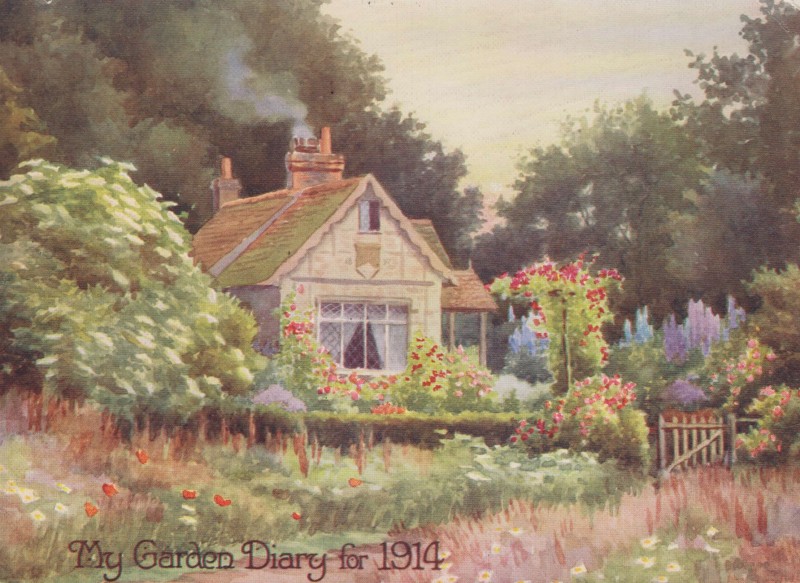Many of us think that September is a pretty quiet time in the garden but really there is much to be done with seed aplenty to be sown. Please read on to discover what the gardeners were up to back in September 1914, the early days of the war. Weeds have clearly always been an issue!
This is one of the most troublesome months of the year for weeds; they must be rigorously kept down by frequent use of the hoe.
Towards the end of the month plant out the main crop of early spring Cabbage, selecting the sturdiest seedlings. Coleworts, all to be drawn before spring, may be planted between the Cabbages. Feed growing Celery and earth up rows that are ready to blanch, but do not begin too soon, for blanching arrests growth. Transplant Endive and Lettuce to the border of an orchard-house, or to any old frame. Thin Parsley by drawing complete plants as wanted ; if necessary, cut over old plants to produce new growth. Sow Corn Salad again.
Sow a pinch of Cauliflower and prick off seedlings in a frame, or they may be potted in the 60-size for first crop. Others for succession can be planted at the foot of a south wall, where they will turn in some time in May. Sow Cucumber in a brisk temperature for winter use; and hardy Lettuces so that they may scarcely need thinning. Sow more Spinach, and Tomato for fruiting in March.
Lift mature Potatoes, and put them in a straw-lined clamp made secure against severe weather. Indoor Mushroom beds must be made, and follow on to maintain an adequate supply. ]
Sow Sweet Peas for an early display, and from this sowing the finest flowers may be anticipated next year.
Last Updated on February 10, 2025 by Suttons Horticultural Team




